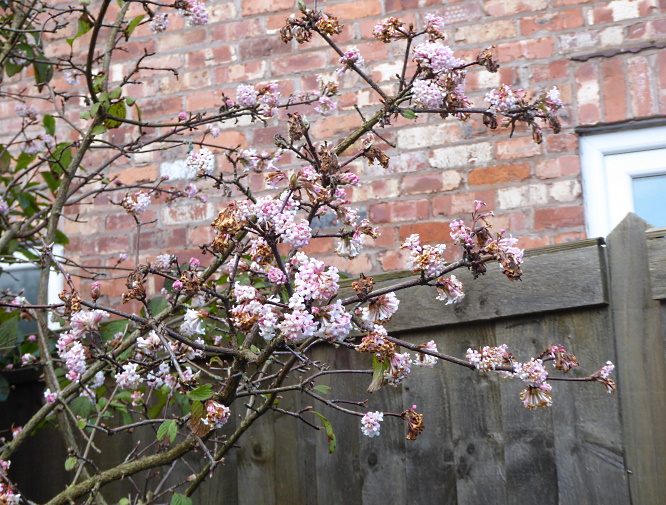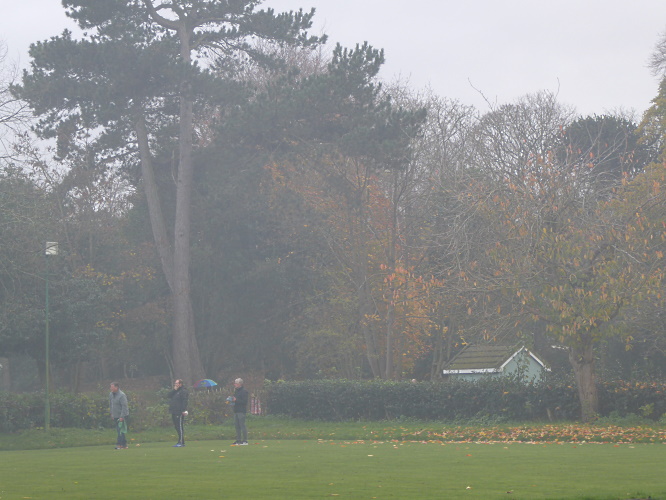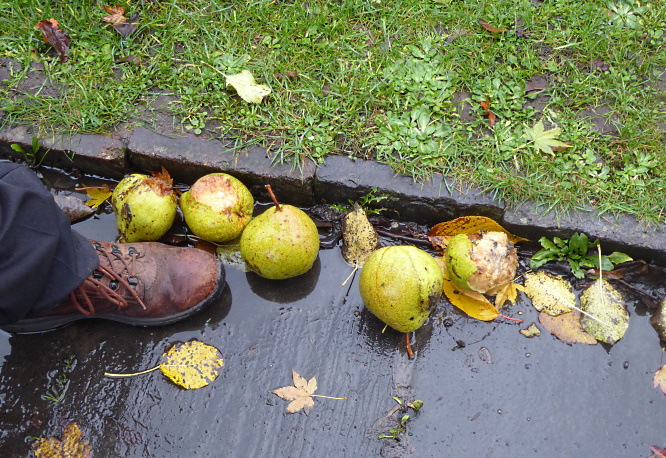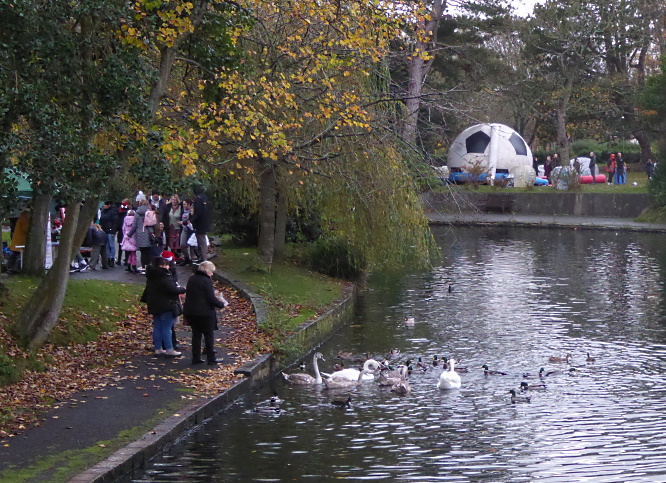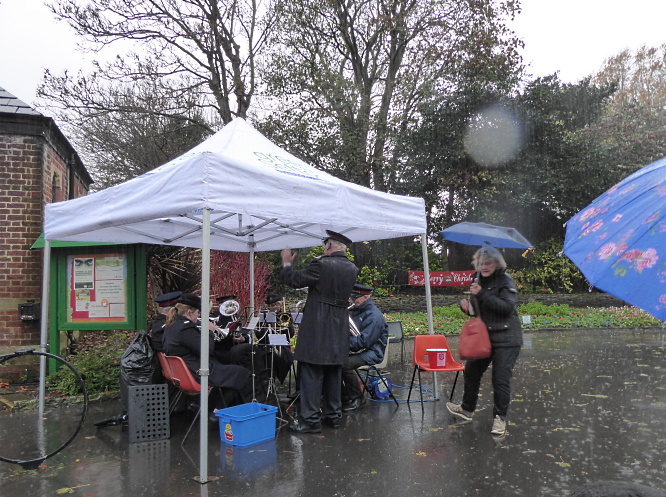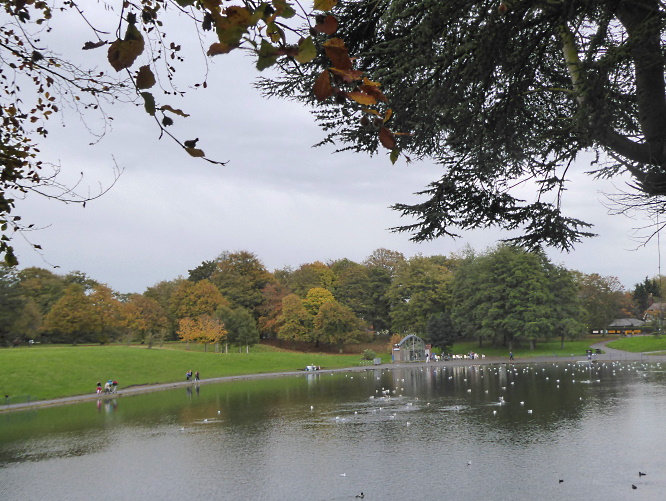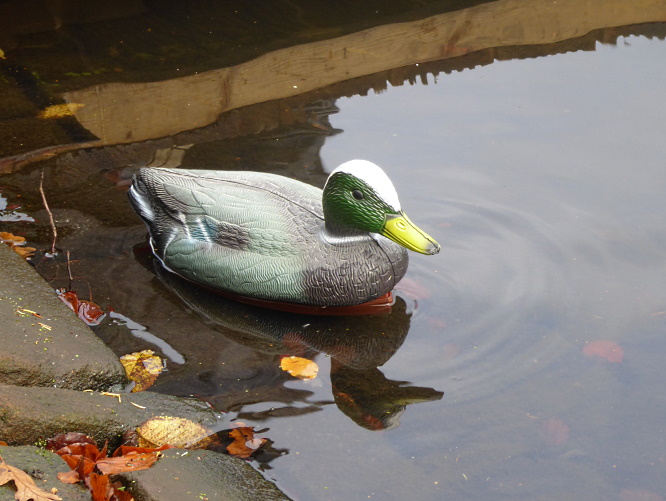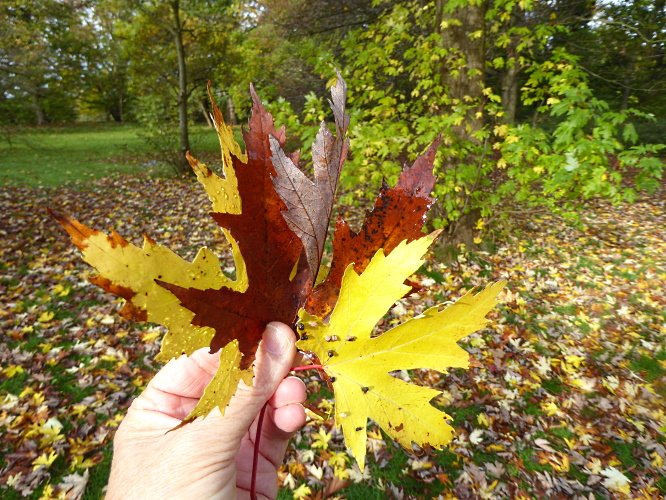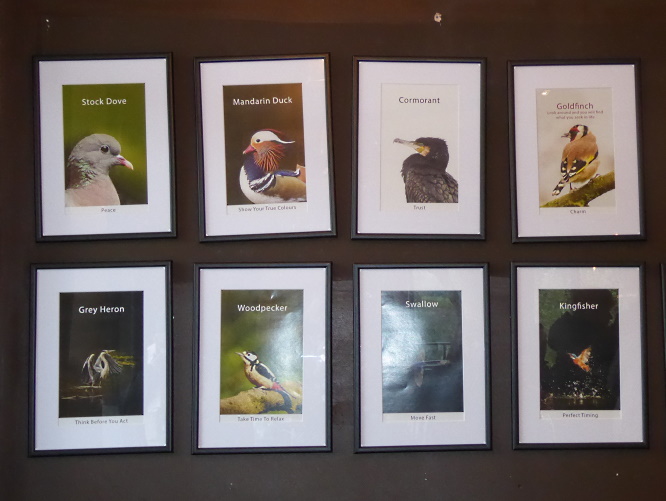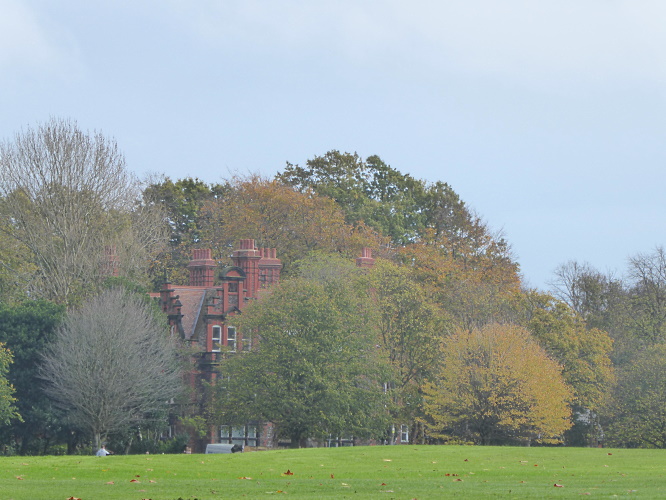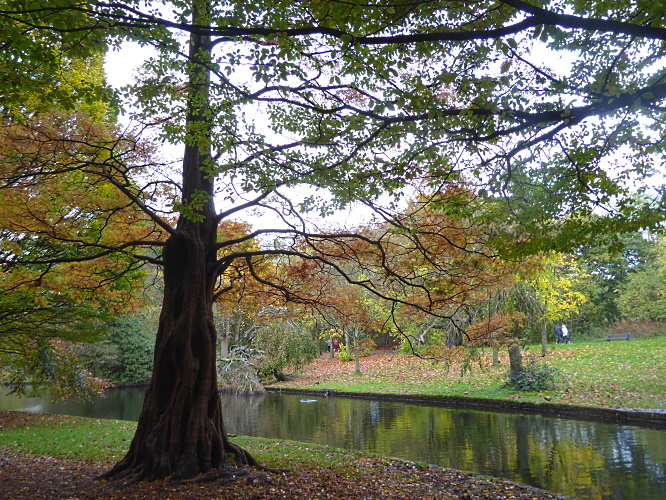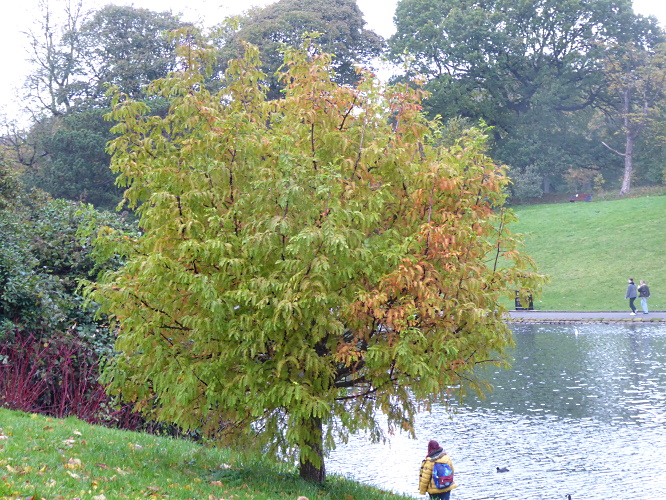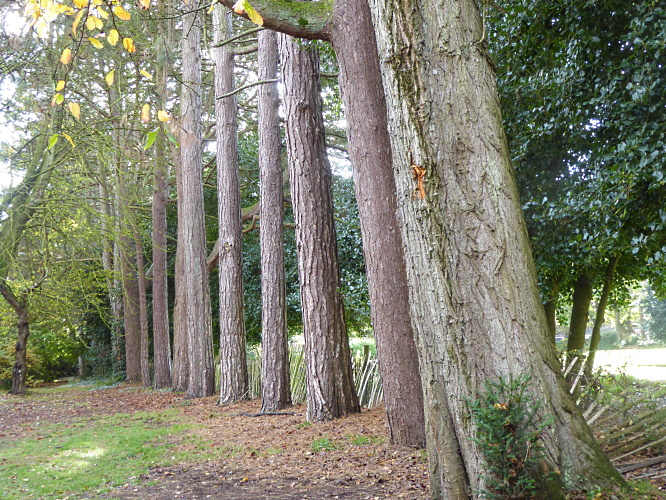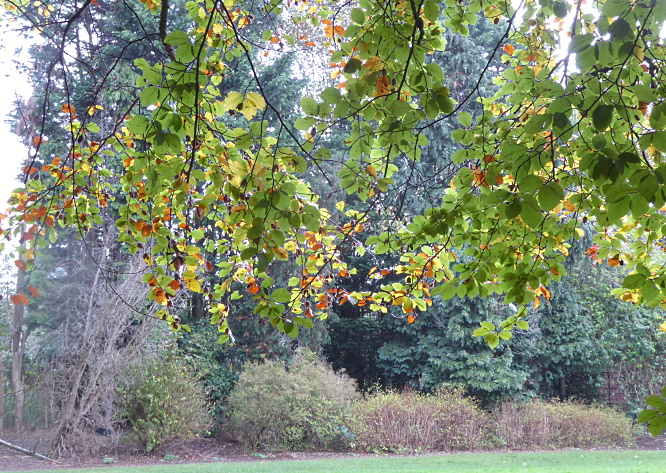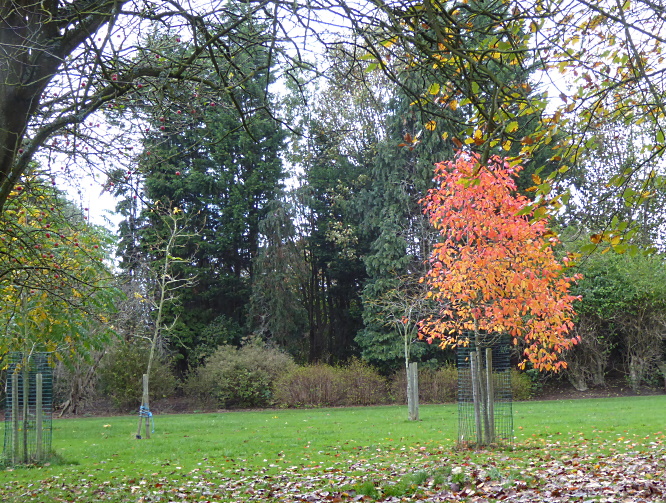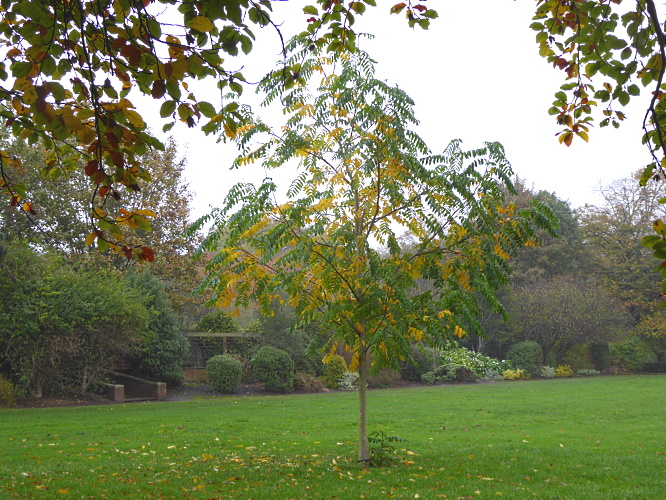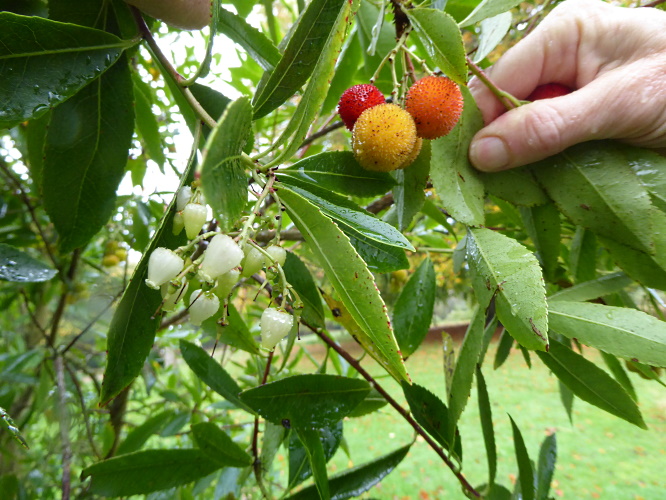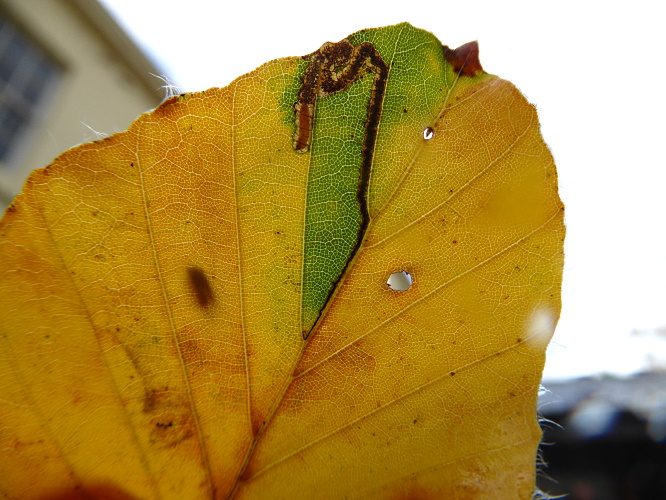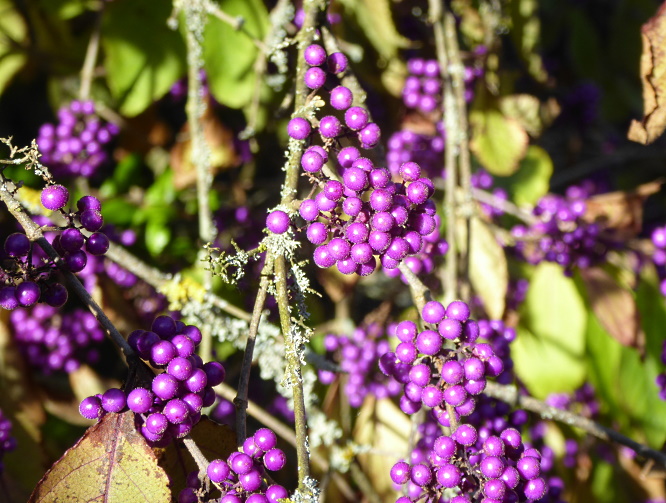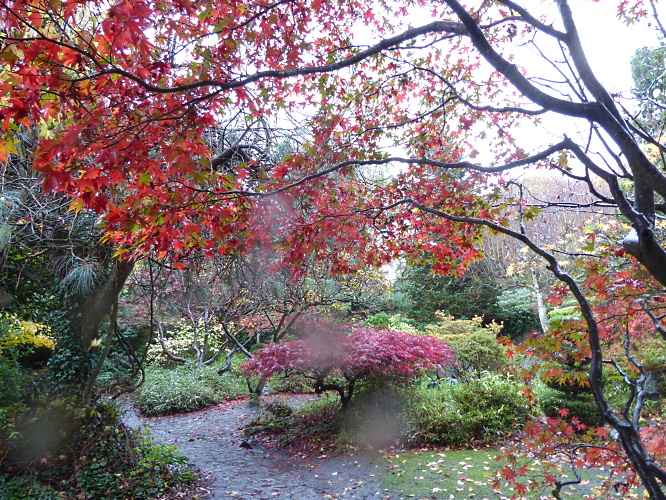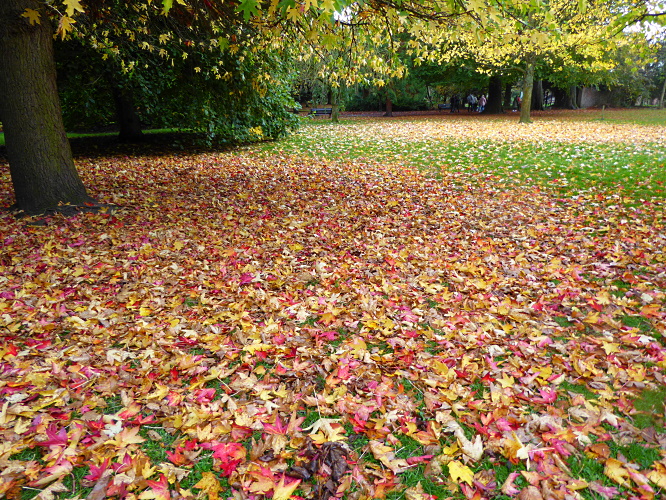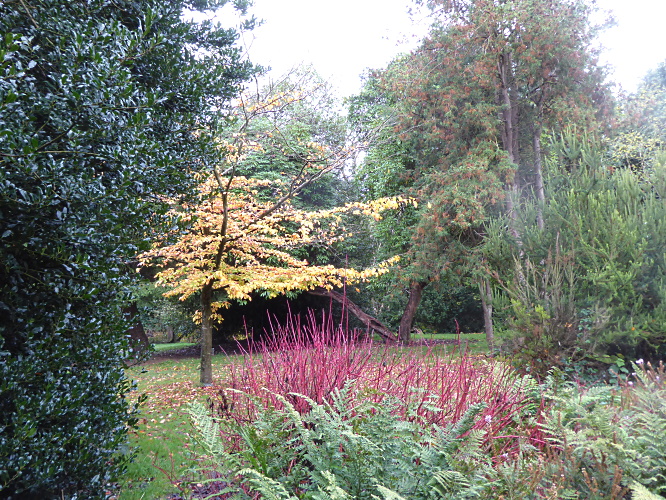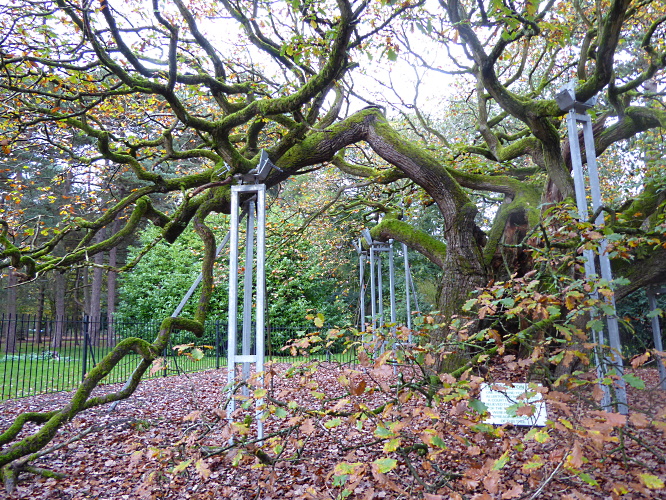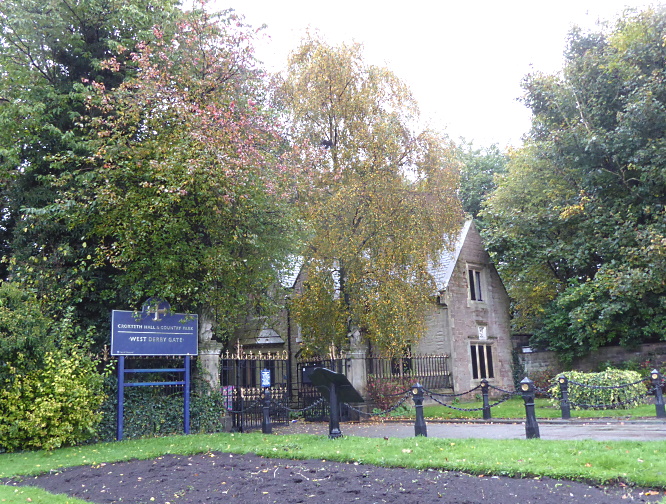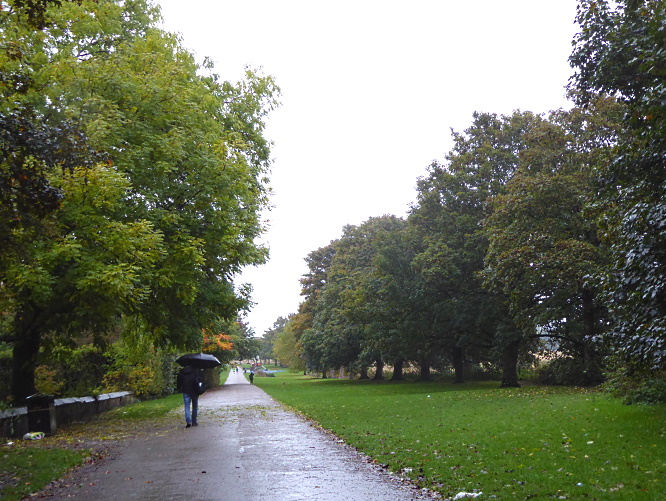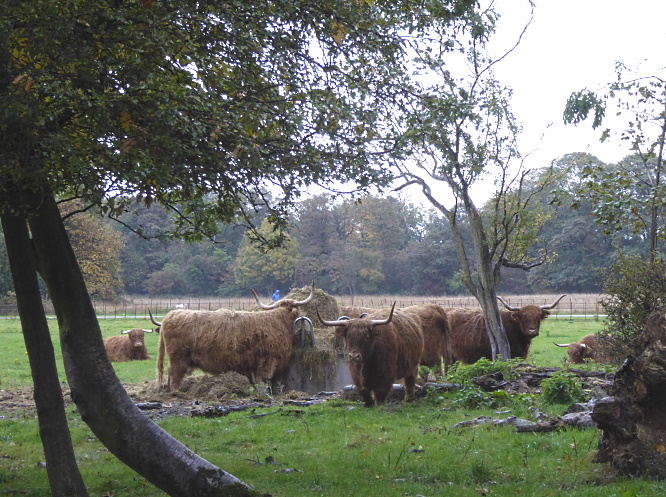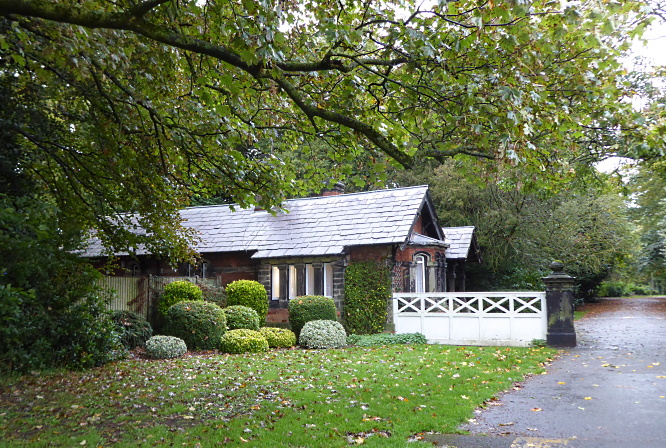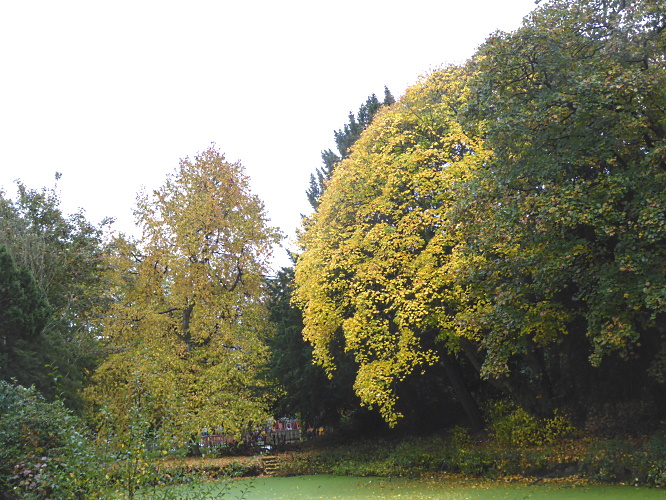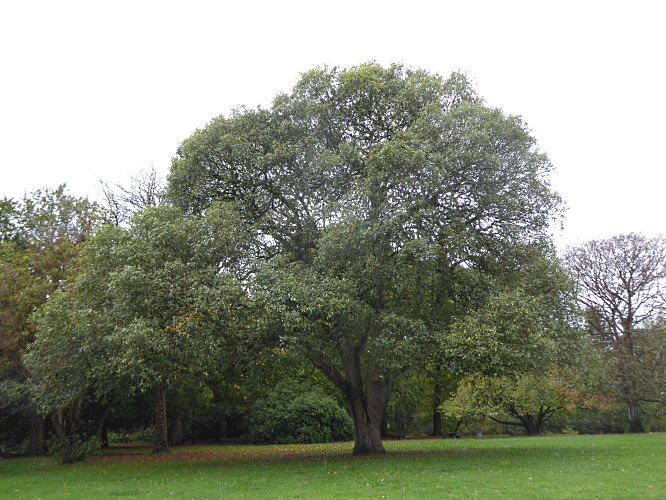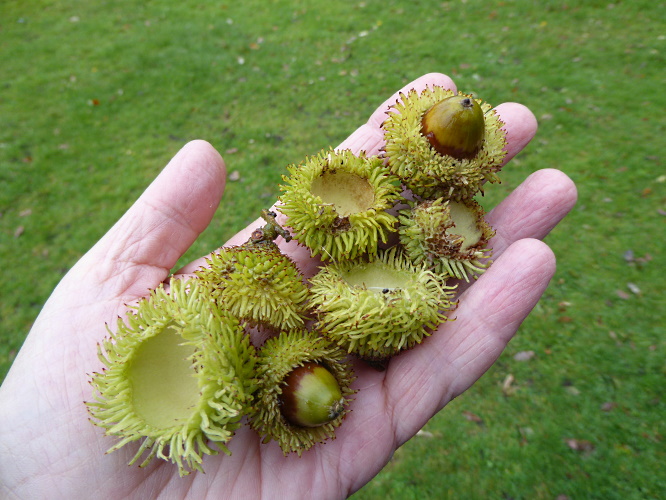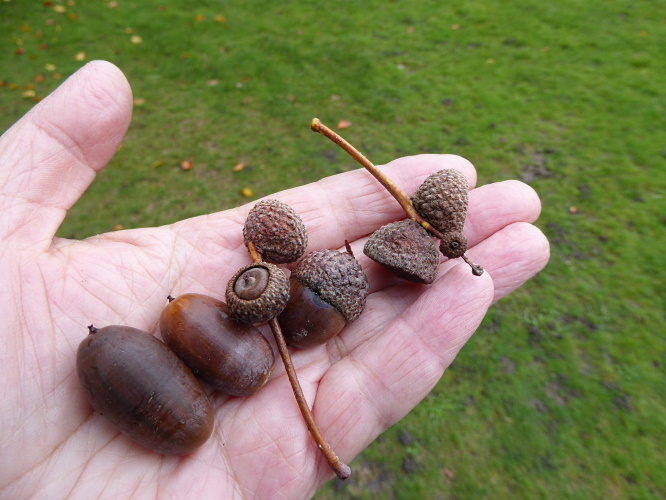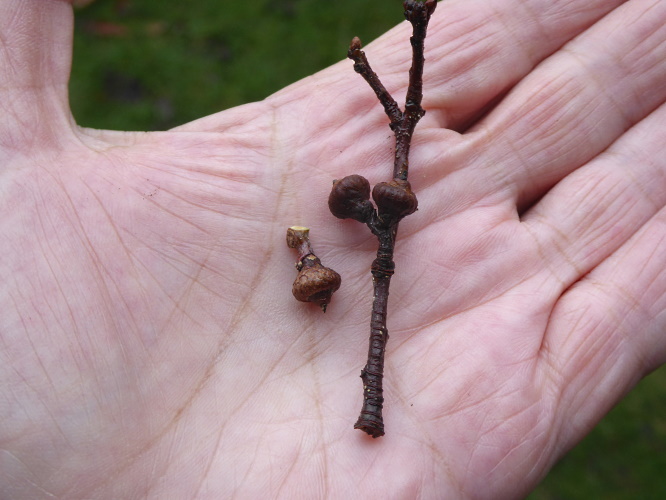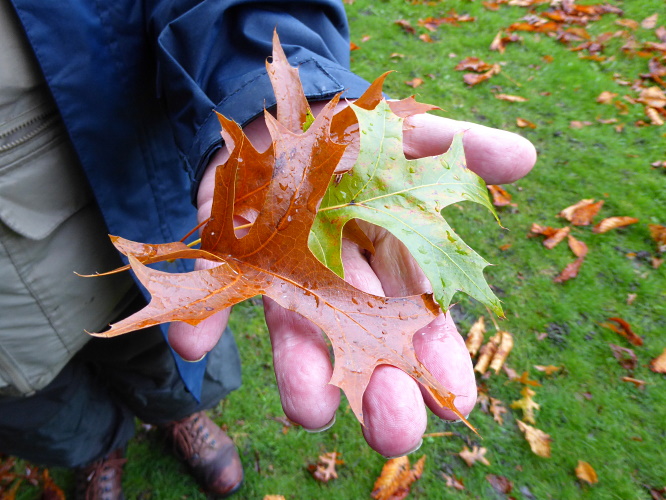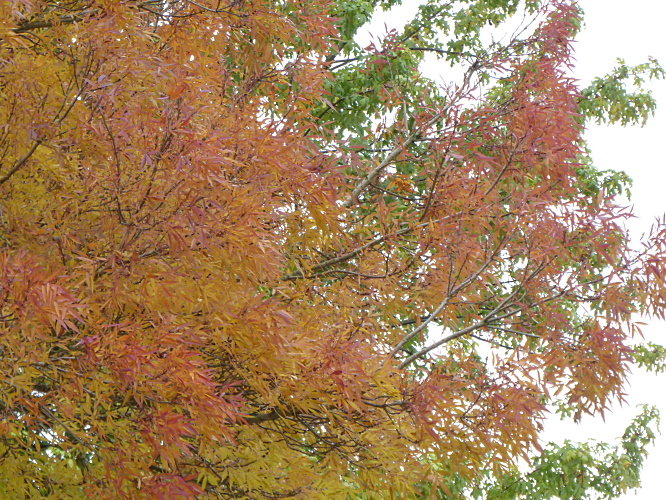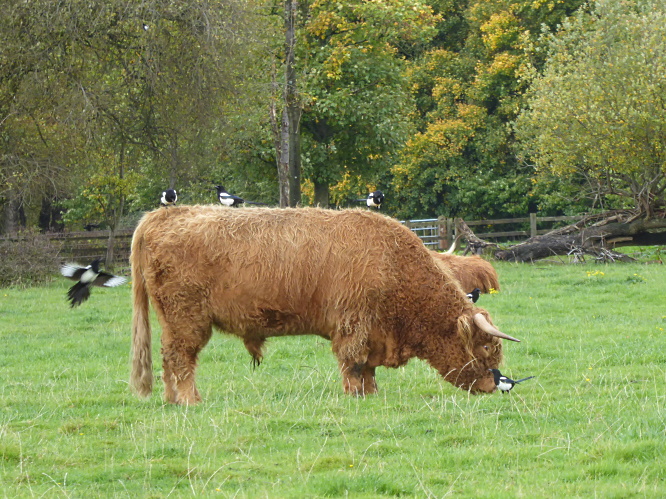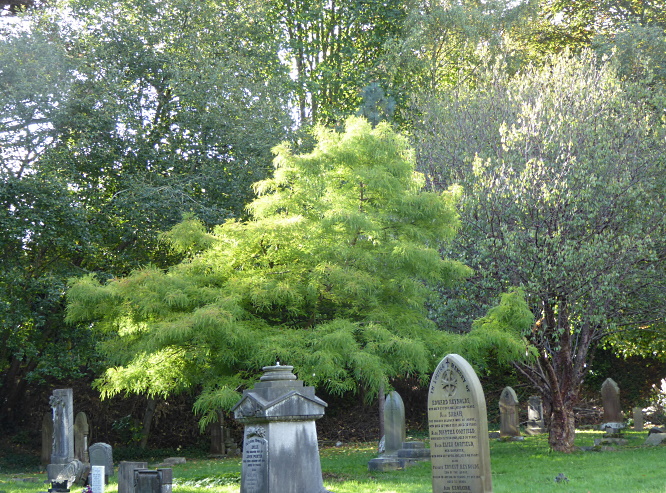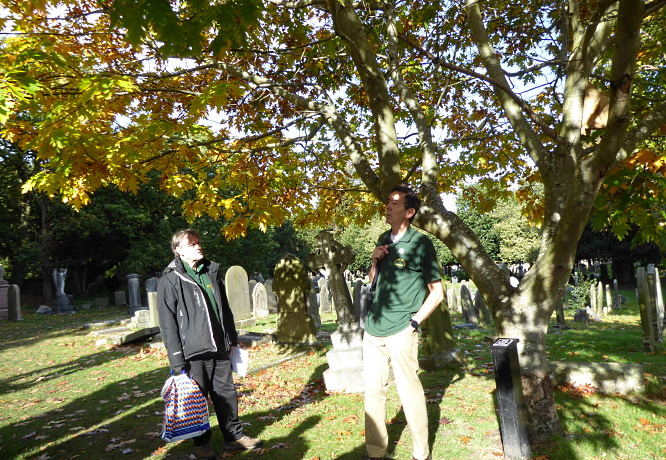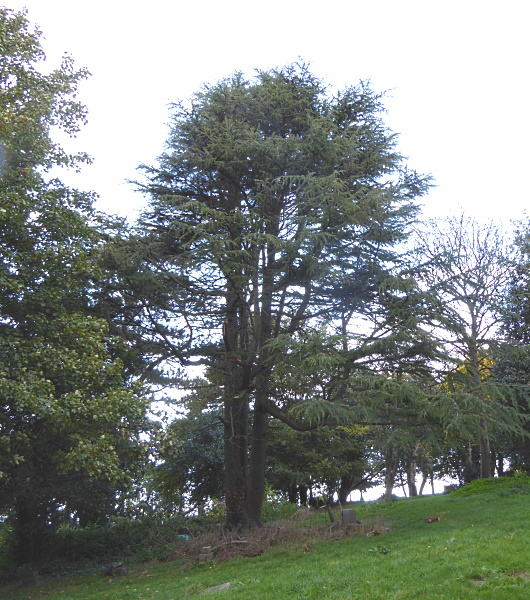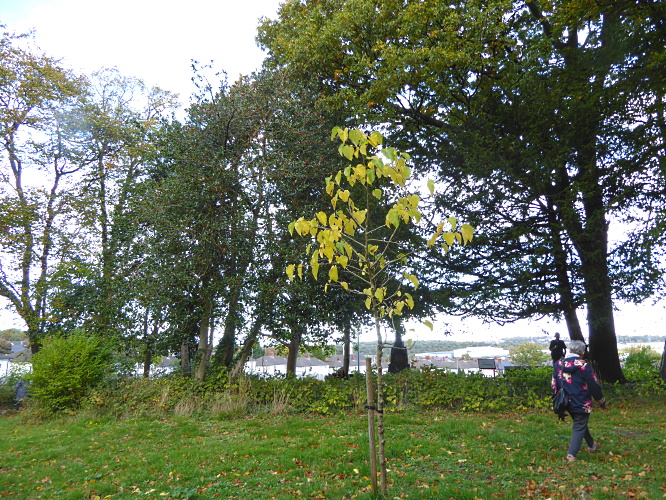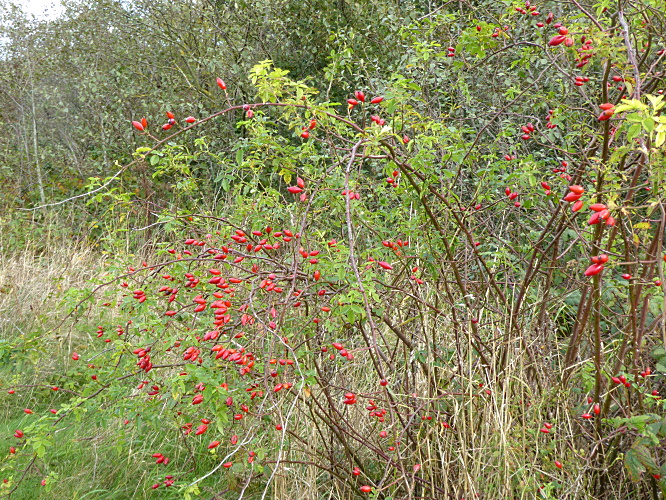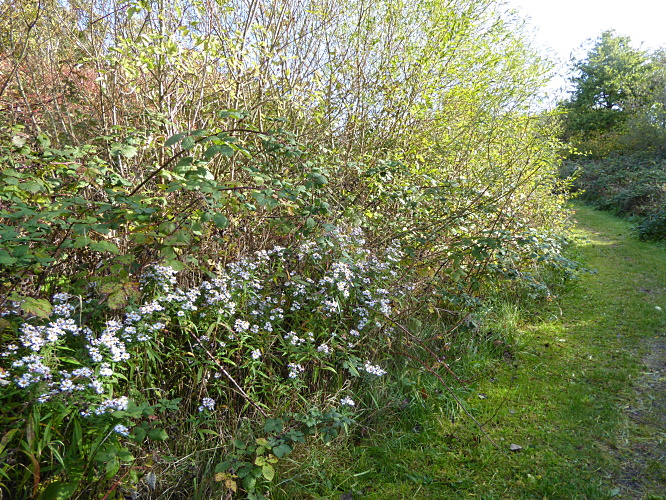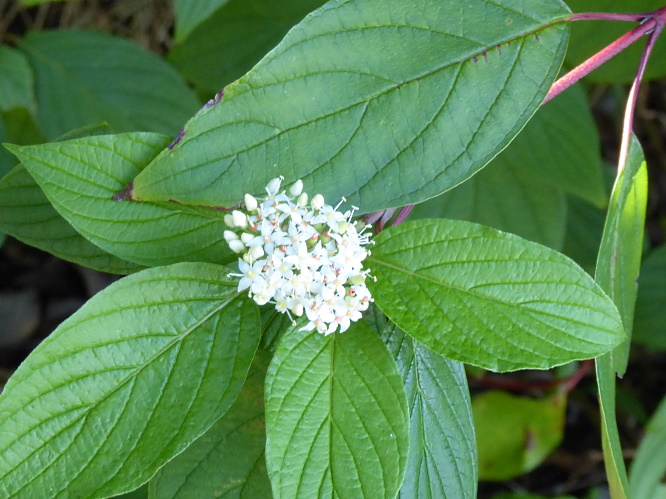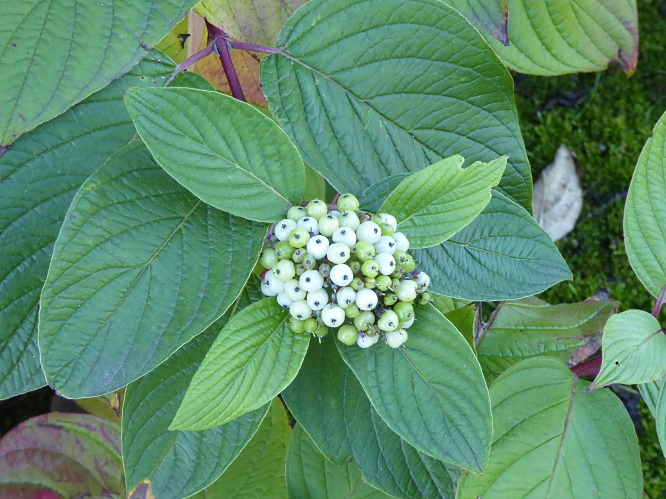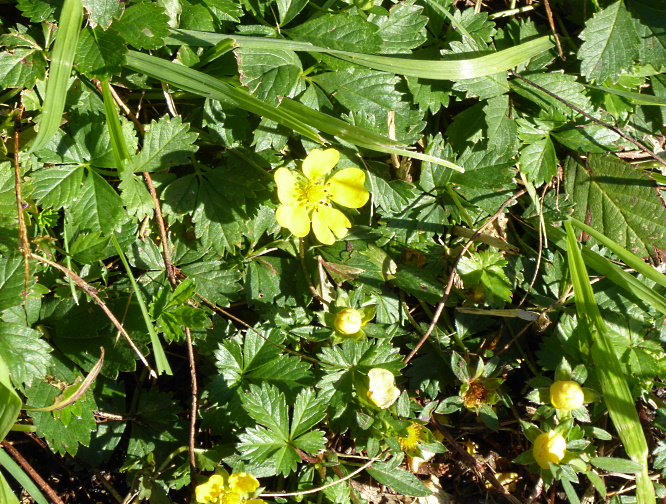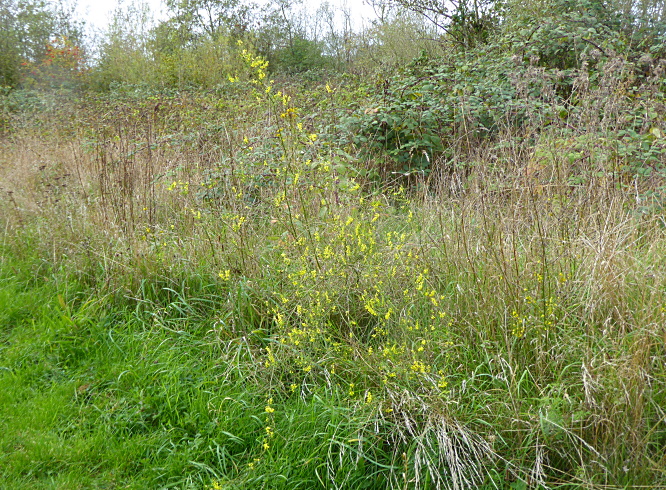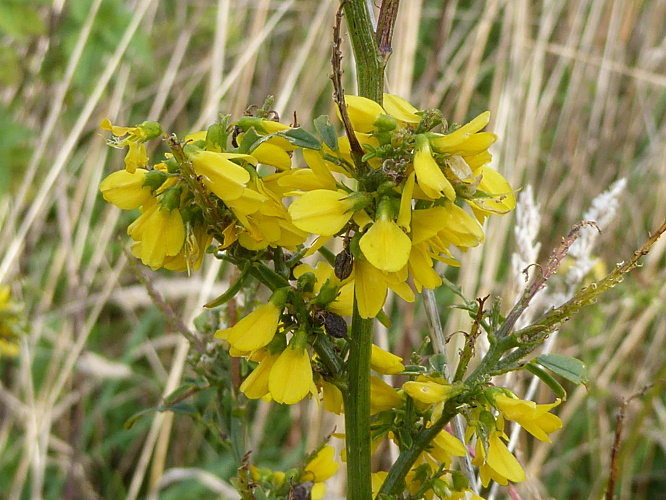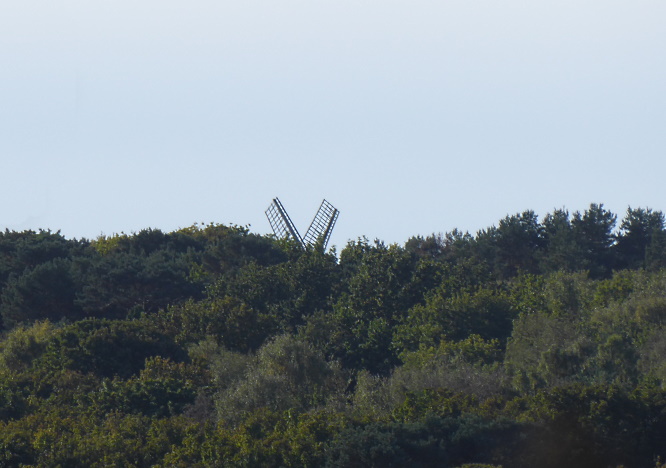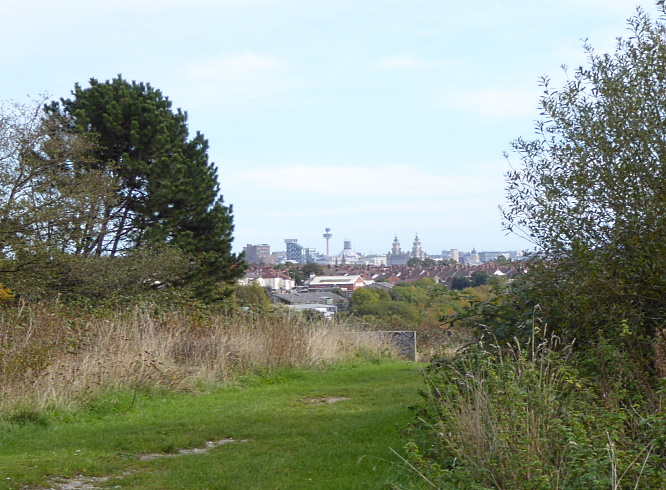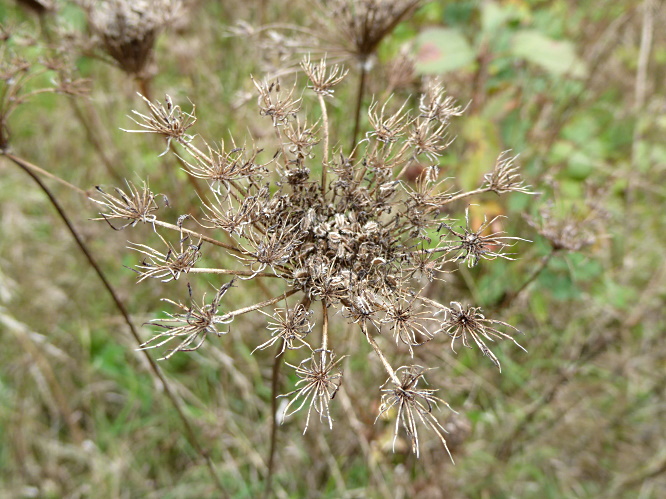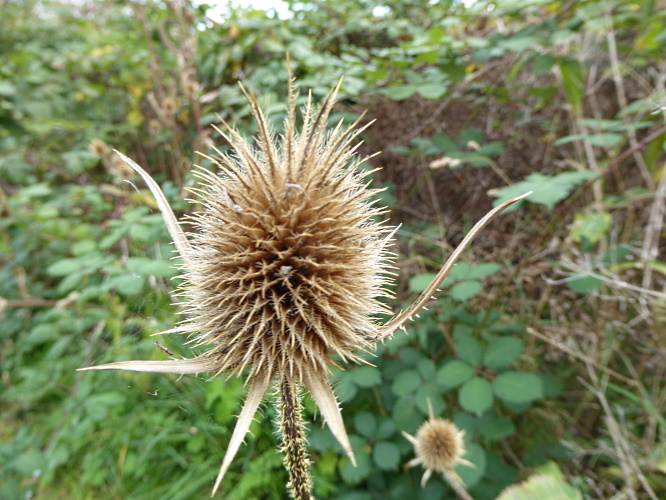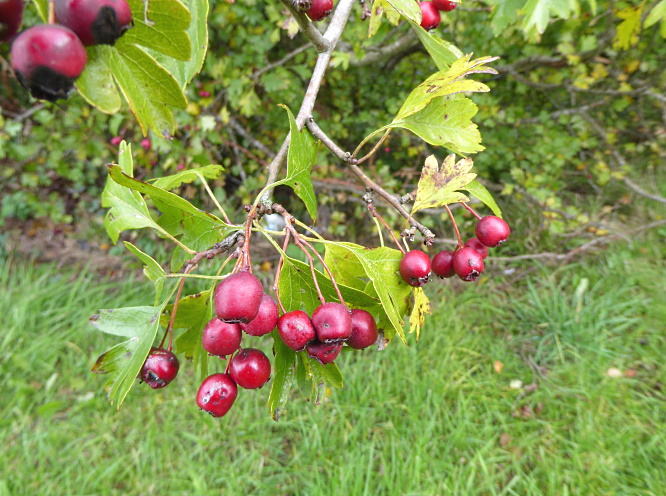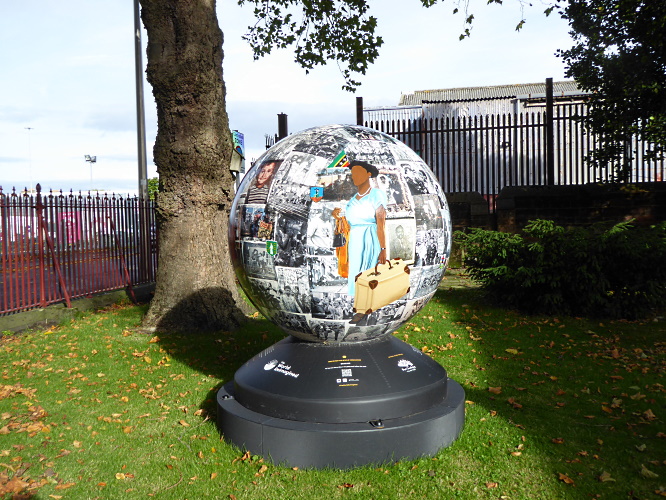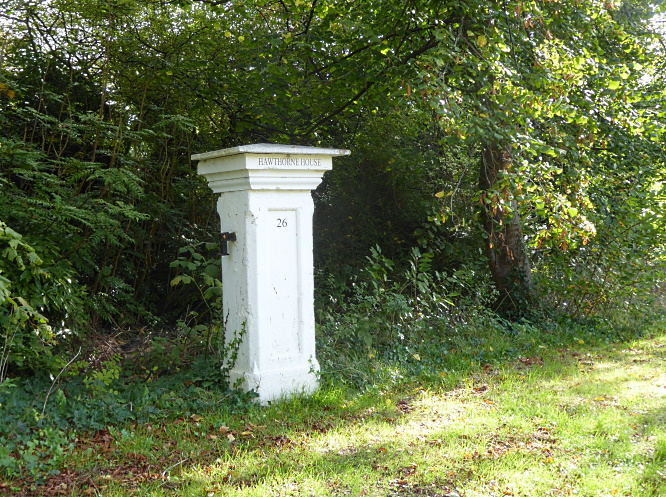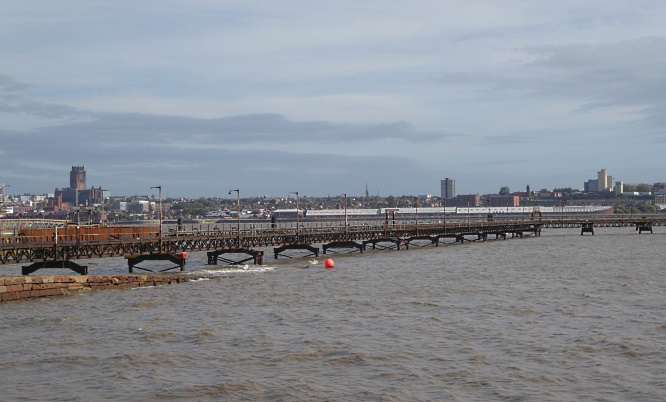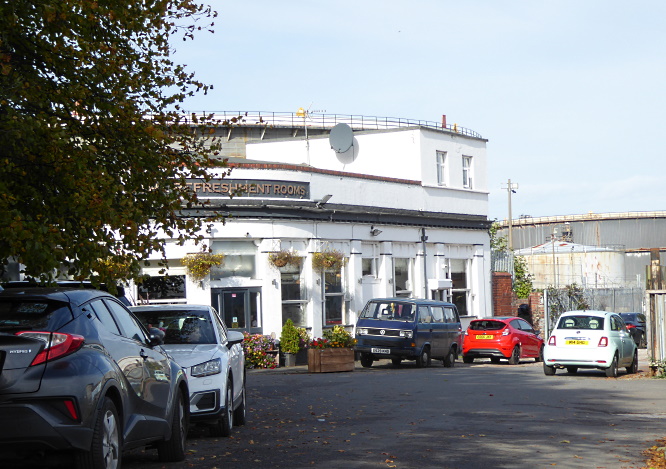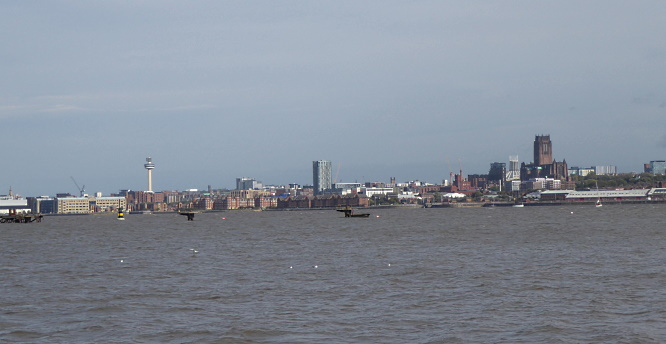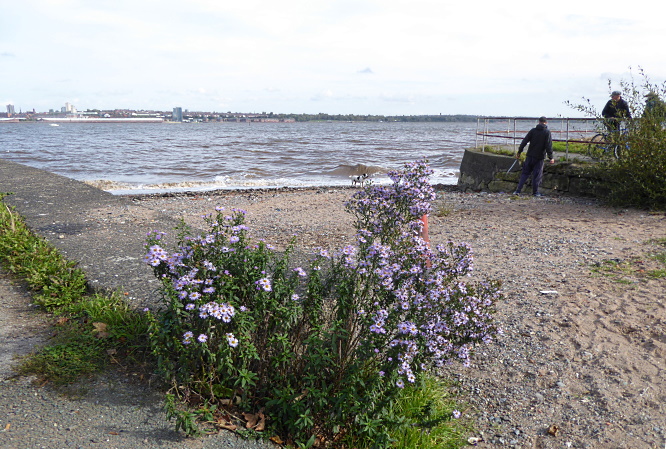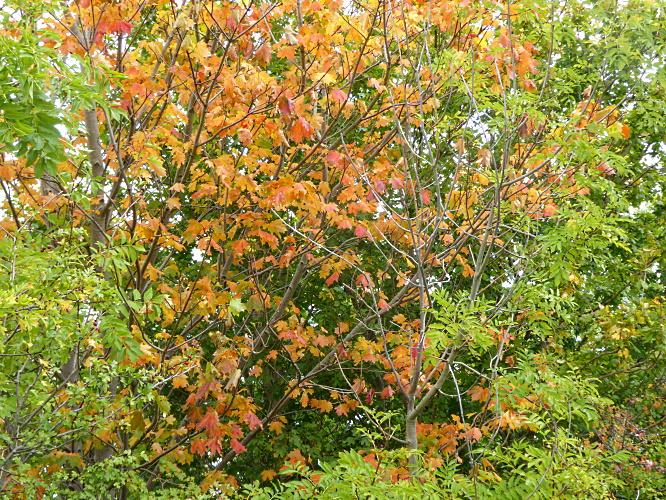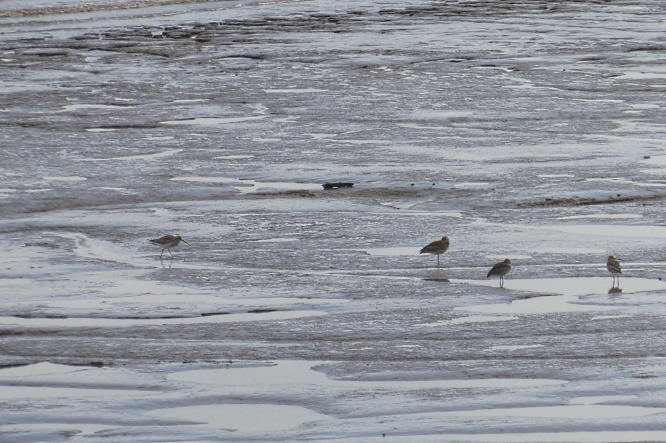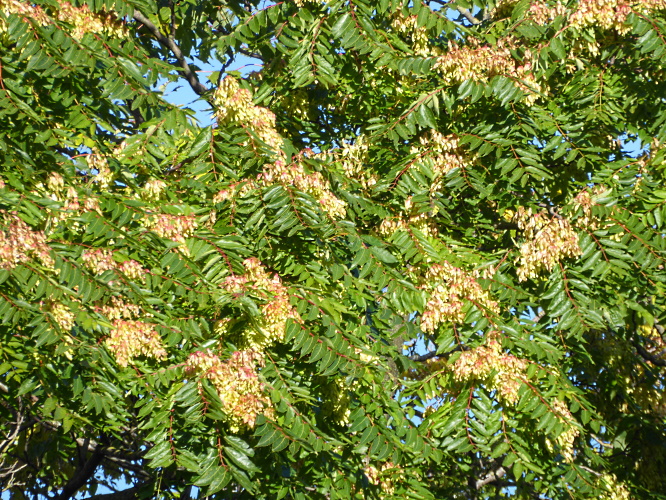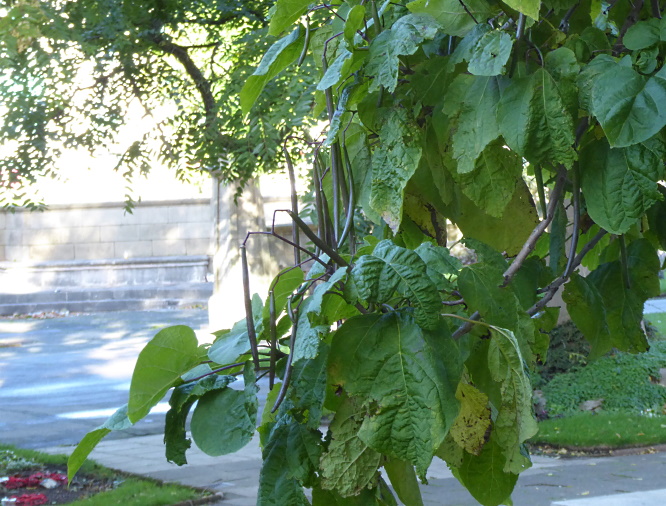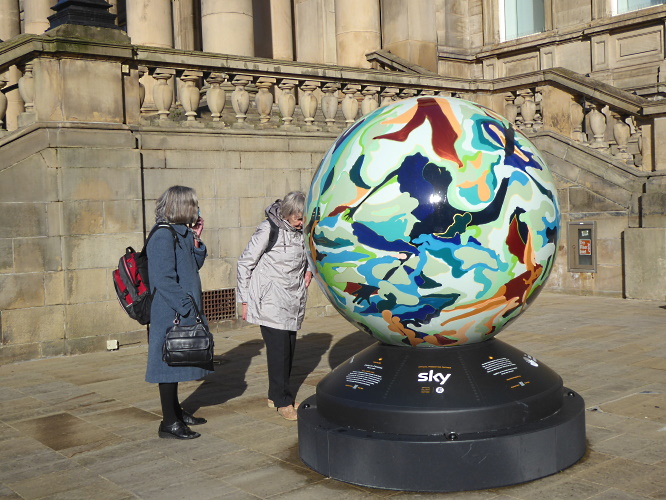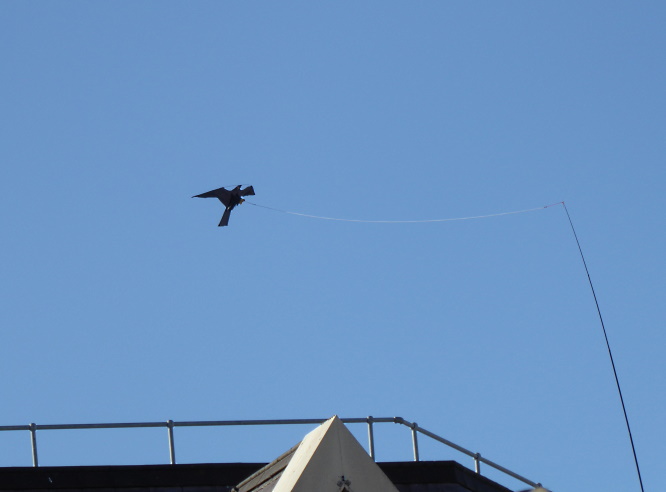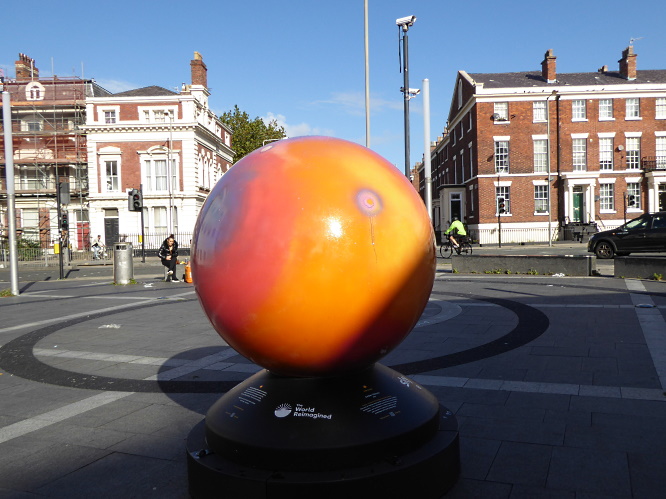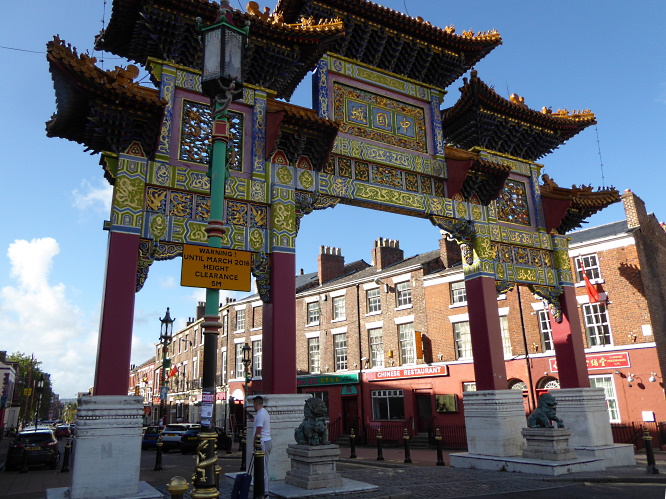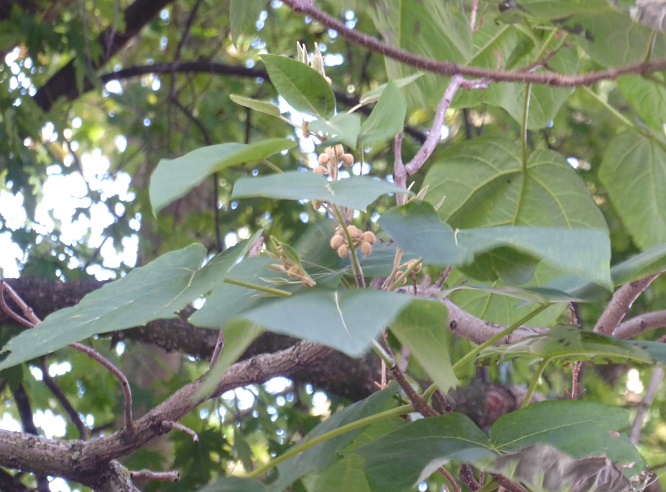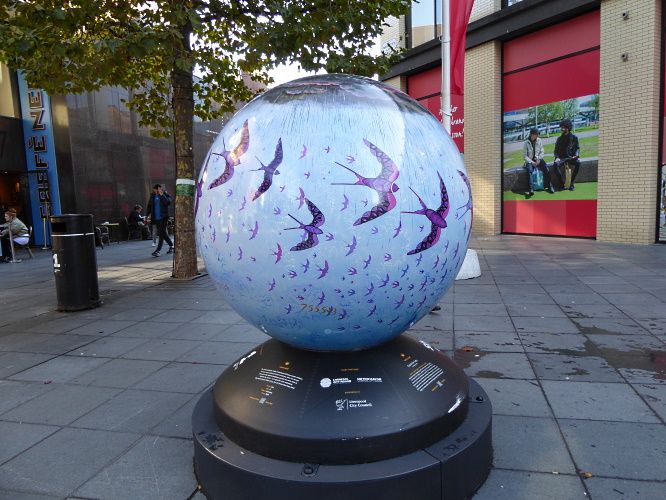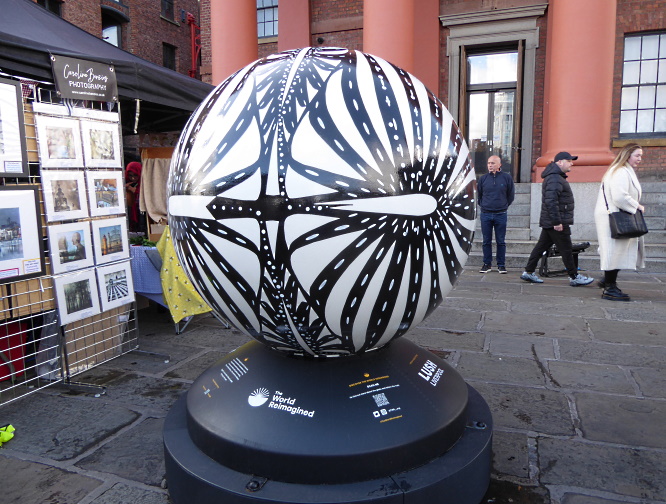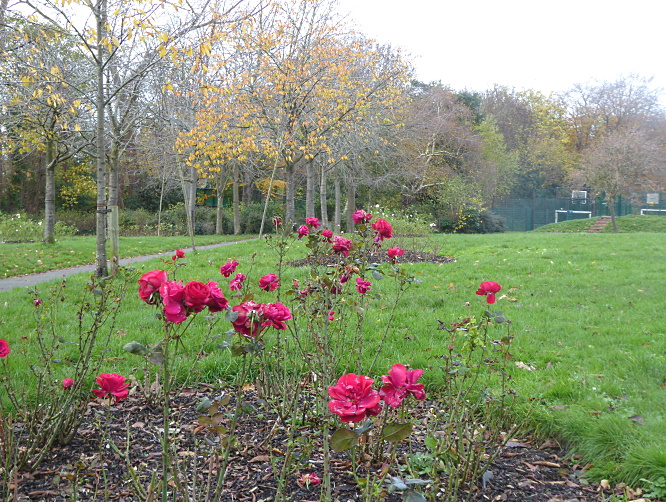
We expected that going to West Kirby would be like a trip to the seaside, but we found lots of digging along South Parade, both north and south of the Dee Lane slipway. The whole walk along the promenade was blocked off by barriers, as part of the flood protection works. The nearest we came to it was a small part of the Marine Lake by the watersports centre. On the pontoon, amongst the Black-headed Gulls, was a single Turnstone, but then about forty more flew in and they began to pick along the seaweedy edge.
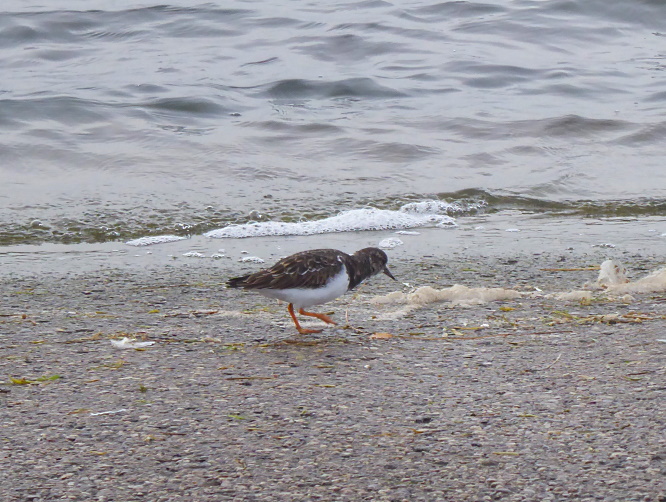
We almost missed the LittleEgret, which was fishing right by the sea wall. There was nobody walking along the lake side, so there were no gawkers hanging over the railing to look at it and it could hunt undisturbed.
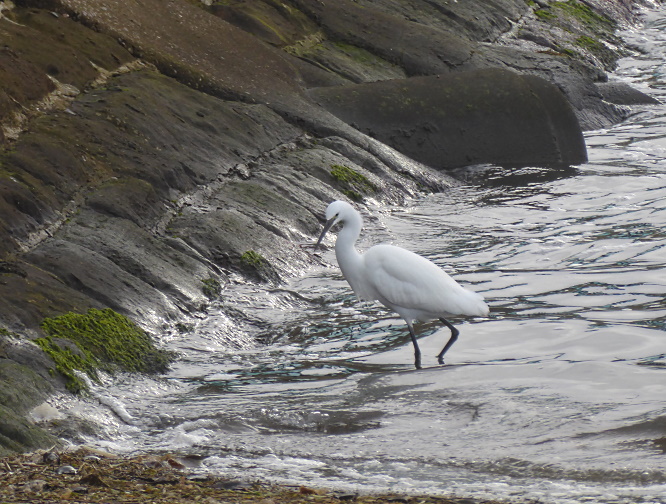
We walked inland to Ashton Park and its small ornamental lake. It’s a good place for those sorts of urban birds, with Canada Geese, Mallards, a Moorhen, a few Coots, lots of Black-headed Gulls and also lots of Herring Gulls, brown-feathered juveniles, grey and white adults but also some in-betweeners, sub-adults with a mix of brown and white feathers (middle bird below). It takes them several years to become old enough to breed.
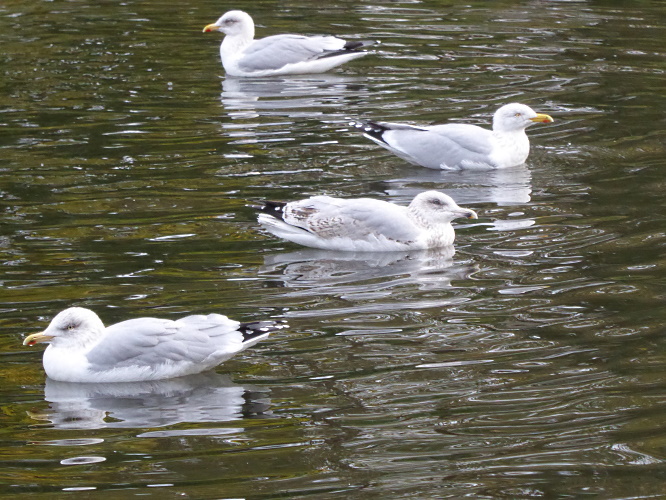
At one end of the lake is a lovely Atlas Cedar of the “Blue” variety.
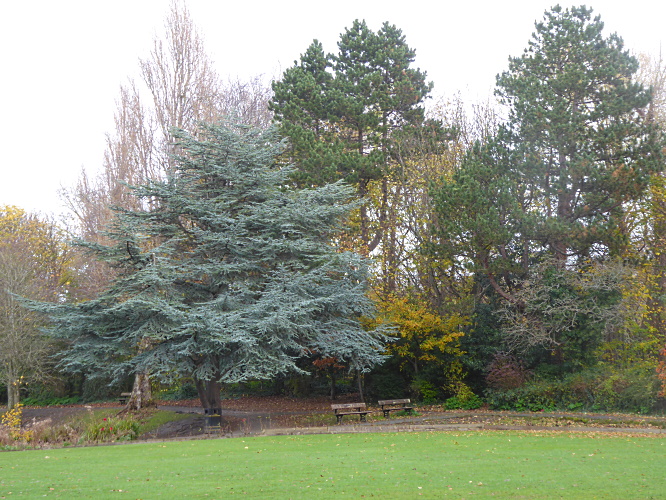
On the opposite side of the bowling green I think there is a Cedar of Lebanon on the edge of the shrubbery. There aren’t many in Merseyside, as many of the old park specimens have grown old and died. It’s the flat-topped tree with the level branches.
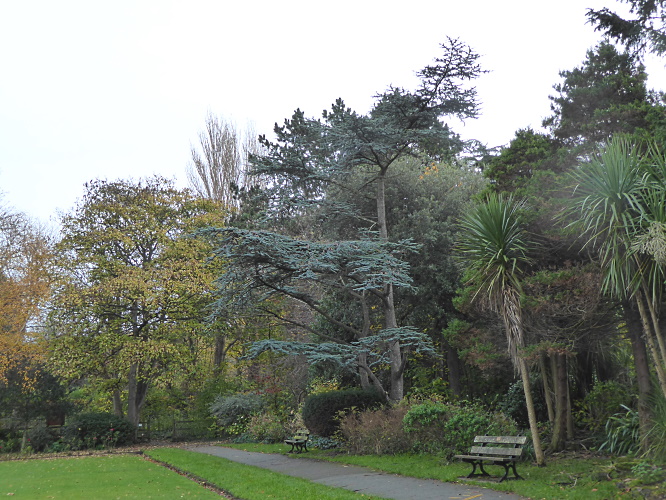
To be sure, I needed to see the cones, as the ones from Cedars of Lebanon are said to be pointed. However, they don’t fall from the trees like pine cones do, so it’s hard to see the tops of them. The ones above me on the trees seemed to have pointed tops, not dimpled tops (as Atlas Cedars have). The needles were all the same length and short. (Deodar Cedars have some long needles in the bunches).
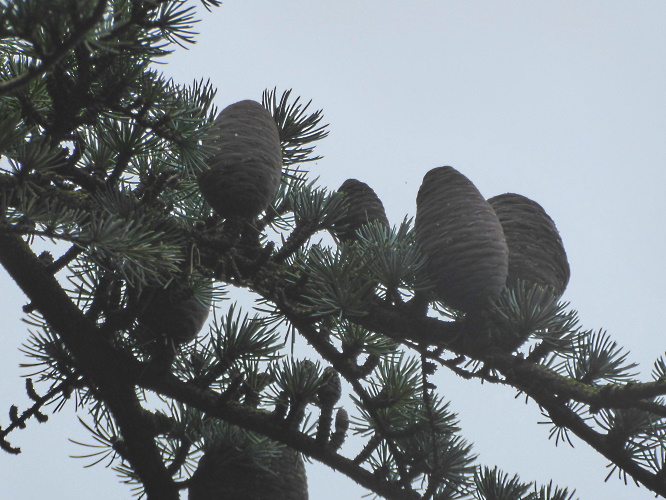
We lunched in the so-called Secret Garden, although it is well-signposted. Half a dozen grey squirrels were around our feet, cheekily hoping for crumbs. We returned along the lake, admiring the old and straggly Weeping Willow on the island, sheltering the duck nesting boxes.
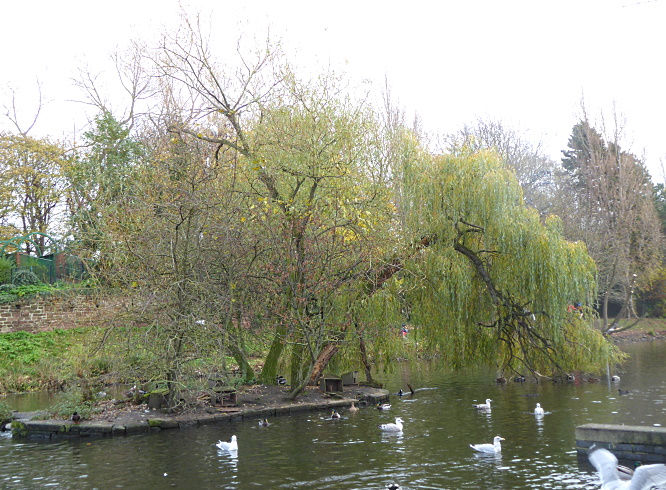
To our surprise, there was a Heron roosting high in the tree, with its head tucked under its wing.
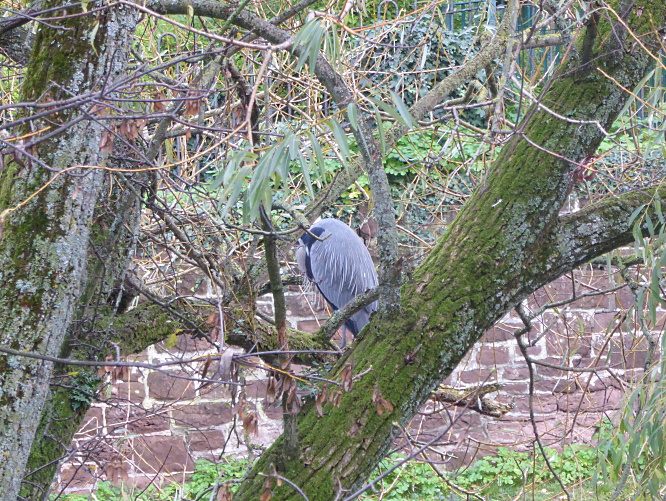
An even greater surprise was to see a Little Egret up there. I’ve never seen one in a tree in a park before. It might have been the same one as we saw earlier in the day, but there could be two of them in West Kirby at the moment. Not so many years ago it would have caused a big twitch! (= A gathering of hardcore birdwatchers, some of whom have travelled halfway across the county, all hoping for a big new tick on their species lists.)
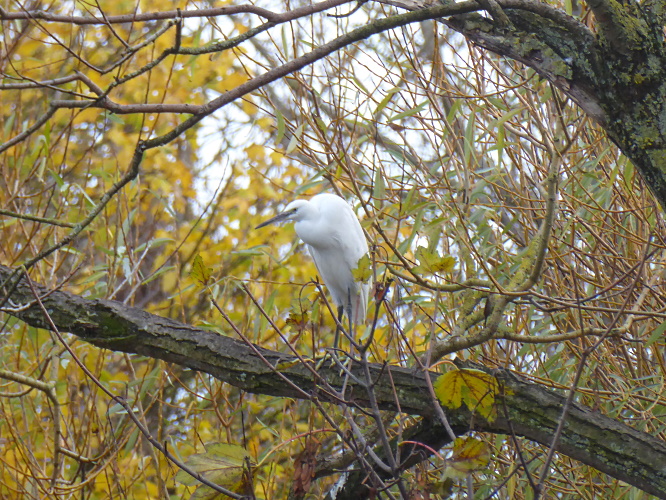
We went back into the town centre via the last bit of the Wirral Way, which was looking beautifully golden and autumnal.
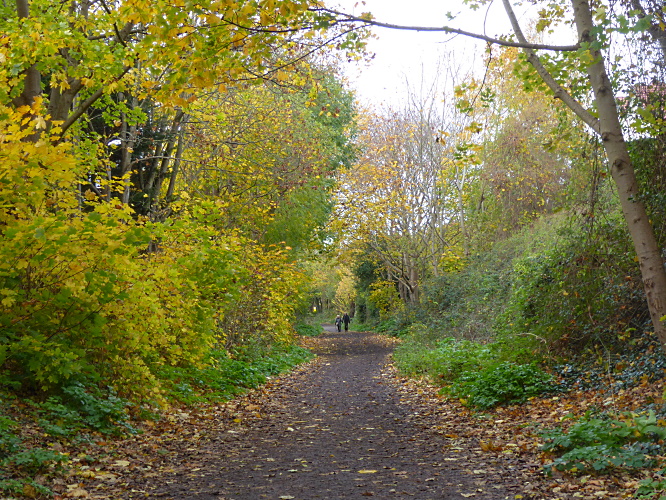
Dead stems bore black seeds, apparently from some sort of umbellifer. We guessed they were from the seaside plant Alexanders, and I have since confirmed it. Foragers’ guides say they are edible, not straight off the plant, but when ground or chopped they are peppery and can be used as a spice. Some foragers put them in bread.
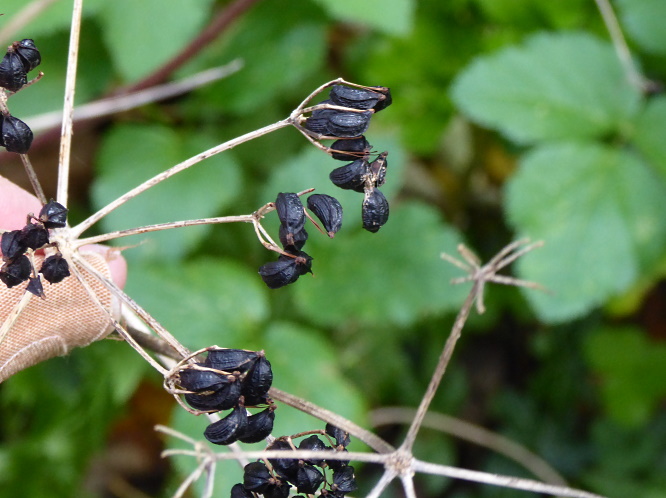
There was lots of new foliage of Alexanders nearer the ground, and amongst them lots of Harlequin ladybirds moving sluggishly, but not hibernating yet. Below that were occasional flashes of red-orange berries from Stinking Iris.

The confusion of nature by this mild autumn continues. Bramble was in bud and flower.

In the tiny Sandlea Park, we didn’t find lots of seeds under the Walnut trees. Unlike Oak and Black Walnut, they don’t seem to have had a good year. But the edible vegetables in one of the flower beds were flourishing, with Swiss Chard looking particularly fine, and one very late flower on a strawberry plant. The roses in the other bed were still budding and flowering profusely.
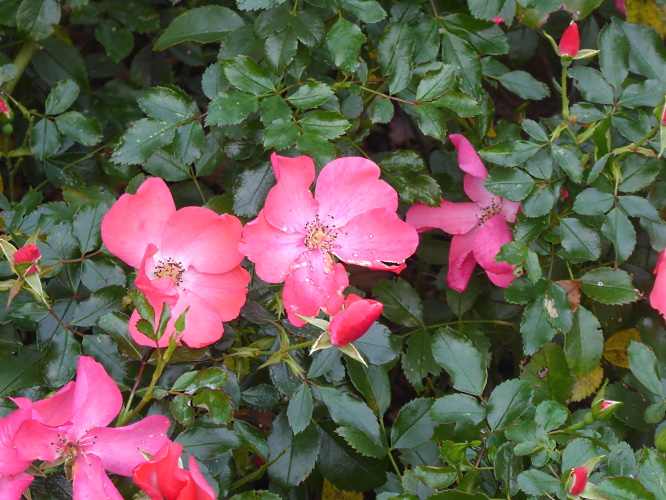
Public transport details: Train from Central at 10.05, arriving West Kirby at 10.35. Returned from West Kirby Station at 2.01, arriving Central at 2.38.

